Disclosure: This article contains affiliate links. We may earn a commission from purchases at no extra cost to you, which helps our travel content.
The moment my boots sank into the rich, red earth of Bo, Sierra Leone, I knew this journey would redefine my understanding of wilderness adventure. Just a few hours southeast of Freetown, this provincial capital serves as the perfect basecamp for exploring some of West Africa's most underrated natural landscapes. Having spent years documenting traditional ecological knowledge across continents, I found myself drawn to Sierra Leone not just for its recovering ecosystems after years of civil conflict, but for the resilient connection between its people and land. This isn't a destination that appears on typical adventure itineraries—and that's precisely what makes it special. Over seven transformative days, I discovered a place where primary rainforests whisper ancient secrets, wildlife rehabilitation efforts inspire hope, and local communities demonstrate sustainable practices that have sustained them for generations.
Bo's Gateway to Pristine Rainforest Adventures
Bo serves as the perfect launching point for exploring some of Sierra Leone's most intact rainforest ecosystems. Just an hour's drive from the city center, I found myself standing beneath a cathedral of ancient trees in the Gola Rainforest National Park, one of West Africa's most significant biodiversity hotspots and the largest remnant of Upper Guinean tropical forest.
The morning mist clung to the canopy as my guide, Ibrahim, a former hunter turned conservationist, pointed out medicinal plants his grandmother had taught him to identify. "This one," he whispered, indicating a twisted vine, "helps reduce fever. Our knowledge of the forest has kept us alive for centuries."
Navigating the network of trails requires proper preparation. The humidity blankets you immediately, making moisture-wicking gear essential. My quick-dry hiking pants proved invaluable, drying quickly after afternoon rain showers while providing enough protection from the occasional thorny underbrush.
What struck me most was the soundscape—layers upon layers of calls, rustles, and distant hoots creating a symphony that modern urban ears rarely experience. We paused at a small clearing where Ibrahim demonstrated traditional tracking techniques, reading subtle impressions in the soil that revealed recent visits from forest elephants and bongo antelopes.
The park's guides offer treks ranging from half-day explorations to multi-day camping expeditions. For those with wilderness experience, I recommend the three-day circuit that connects several forest communities and provides opportunities to spot rare primates like the Diana monkey and western red colobus.
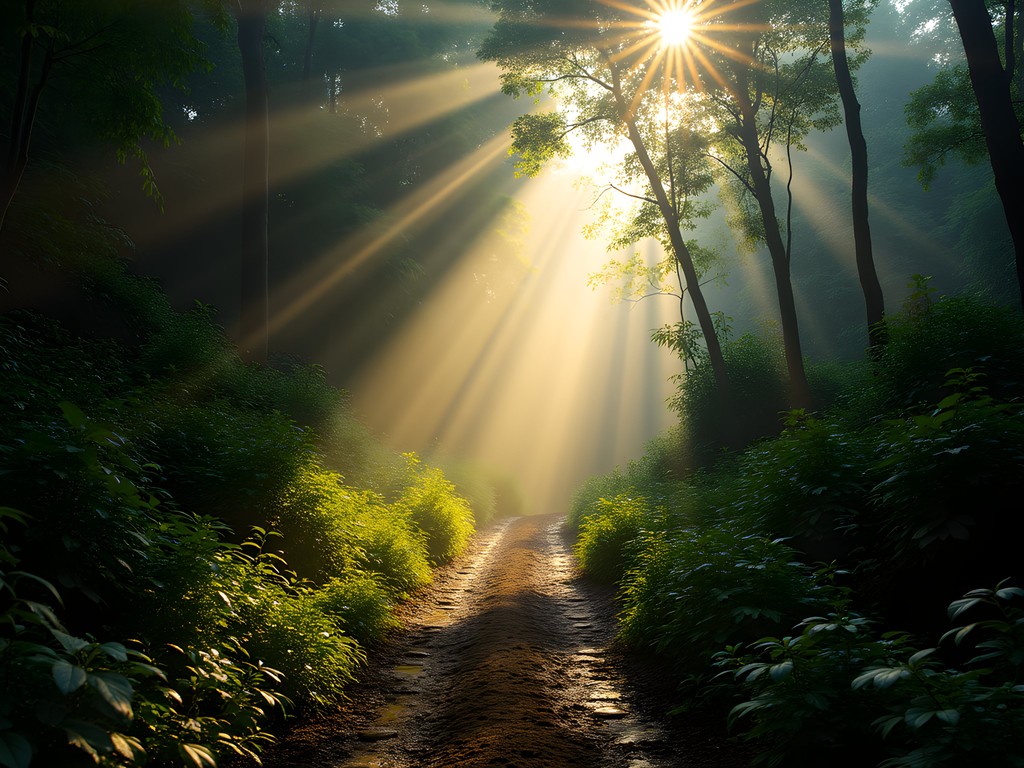
💡 Pro Tips
- Book guides through the Gola Rainforest Conservation office in Bo at least 3 days in advance
- Pack twice as many socks as you think you'll need—the humidity means nothing fully dries overnight
- Bring small denominations of Leones for community visits along trekking routes
Tiwai Island Wildlife Sanctuary: A Conservation Success Story
A two-hour journey northeast of Bo brought me to the banks of the Moa River, where a wooden canoe awaited to ferry visitors to Tiwai Island Wildlife Sanctuary. This 12 square kilometer island sanctuary represents one of Sierra Leone's most successful conservation initiatives and offers some of West Africa's best primate viewing opportunities.
As our canoe glided silently across the water, my guide Samuel pointed out a troop of spot-nosed guenons watching us curiously from overhanging branches. "Tiwai has eleven primate species," he explained, "one of the highest densities found anywhere in the world."
The island's community-managed eco-tourism program provides simple but comfortable accommodations in raised platform tents with thatched roofs. Falling asleep to the distant calls of Campbell's monkeys while fireflies danced outside my mosquito netting created the kind of wilderness connection that no luxury lodge could ever replicate.
Dawn proved to be the magical hour on Tiwai. Rising before first light, I joined researchers on their morning census walk. Equipped with my binoculars, which performed admirably even in the low light conditions, we spotted the rare pygmy hippopotamus grazing along the riverbank—a species so elusive that researchers sometimes go months without sightings.
"Before the conservation program, these hippos were hunted nearly to extinction," whispered Aminata, a local biologist who has dedicated her career to protecting Tiwai's biodiversity. "Now we have at least twenty individuals on the island."
What makes Tiwai particularly special is how traditional ecological knowledge informs modern conservation practices. Local taboos against hunting certain species had protected wildlife long before formal conservation efforts began. Now, former hunters use their tracking expertise to monitor populations and guide visitors, creating sustainable livelihoods that depend on keeping the forest intact.
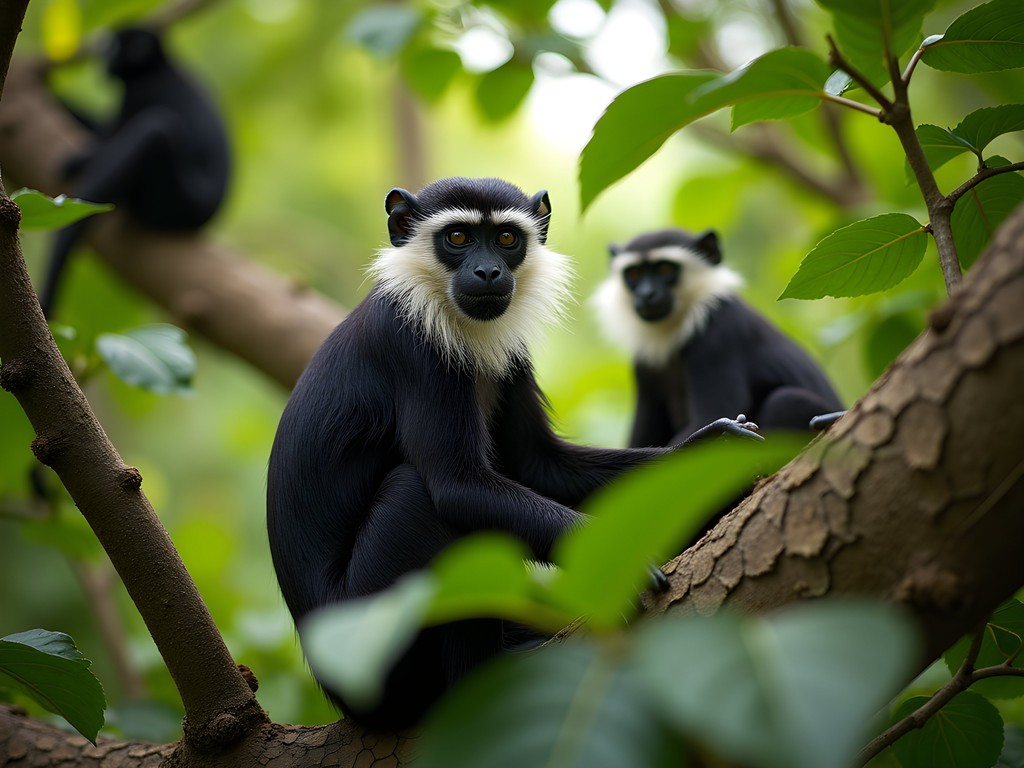
💡 Pro Tips
- Reserve accommodations through the Tiwai Island Administrative Office in Bo at least a week ahead
- Bring a good headlamp with red light function to avoid disturbing wildlife during night walks
- Pack lightweight, fast-drying clothes as laundry facilities are limited
Tacugama Outreach Center: Wildlife Rehabilitation & Conservation Education
While the main Tacugama Chimpanzee Sanctuary is located near Freetown, their outreach center just outside Bo provides a powerful opportunity to understand Sierra Leone's wildlife rehabilitation efforts. The center serves as both an educational facility and a halfway house for animals being prepared for reintroduction to protected areas.
My visit coincided with a school group tour, where local children learned about the devastating impacts of the bushmeat trade and habitat loss. Their wide eyes and thoughtful questions gave me hope for the future of conservation in the region.
"Many of these children have never seen a live chimpanzee, despite living so close to their habitat," explained Fatmata, the center's education coordinator. "We're trying to foster pride in Sierra Leone's natural heritage."
The highlight of the center is undoubtedly the rehabilitation enclosures where confiscated wildlife—primarily monkeys and small forest antelopes—recover before potential release. Observing the careful work of the rehabilitation specialists reminded me of the complex ethical questions surrounding wildlife conservation in regions where bushmeat has long been both a protein source and cultural tradition.
For visitors wanting to contribute meaningfully, the center offers volunteer opportunities ranging from one week to several months. These hands-on experiences provide insight into conservation challenges while directly supporting rehabilitation work. I spent an afternoon helping prepare enrichment activities for recently rescued duikers, crafting puzzle feeders that would help maintain their foraging instincts.
Before leaving, I purchased several beautiful handicrafts from the center's gift shop, where local artisans create wildlife-themed items that support both conservation efforts and sustainable livelihoods. My travel journal now features a handwoven bookmark depicting chimpanzees, a small reminder of the critical conservation work happening in this corner of West Africa.
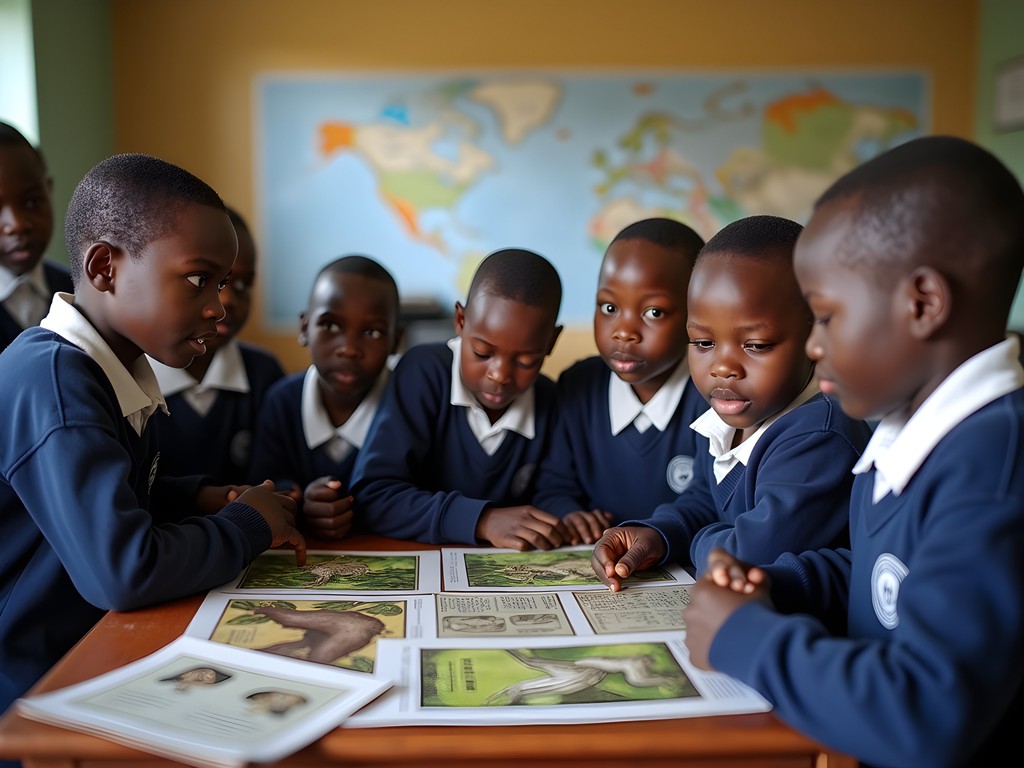
💡 Pro Tips
- Call ahead to confirm visiting hours as they change seasonally
- Photography is restricted in certain areas to avoid stressing rehabilitating animals
- Bring school supplies to donate to the education program if you have space in your luggage
Lake Sonfon: Sierra Leone's Hidden Highland Wilderness
For those willing to venture further from Bo on a multi-day excursion, Lake Sonfon in the northern highlands represents one of Sierra Leone's least-visited natural treasures. The journey requires determination—approximately five hours by 4x4 vehicle followed by a moderate three-hour hike—but rewards adventurers with breathtaking scenery and cultural immersion opportunities.
I joined a small expedition organized through a local guide association in Bo, bringing along my water purifier which proved essential as we relied on natural water sources throughout the trip. The lake itself sits at 1,400 meters elevation, creating a microclimate distinctly different from Bo's lowland humidity.
"This area was once considered sacred by the Kuranko people," explained Musa, our guide, as we established camp along the lakeshore. "Certain fishing practices are still governed by traditional protocols that have helped maintain fish populations for generations."
The highlands surrounding the lake offer excellent trekking opportunities through montane grasslands and patches of cloud forest. Bird enthusiasts will find the area particularly rewarding—I spotted over thirty species in a single morning, including the rare yellow-headed picathartes nesting on rock faces.
What makes Lake Sonfon particularly special is the opportunity to experience traditional subsistence practices firsthand. In the small village of Kabala near the lake, I spent an afternoon with women harvesting wild honey using techniques passed down through countless generations. Their intimate knowledge of the forest—understanding precisely which trees would house hives and how to harvest sustainably without harming the colonies—demonstrated the sophisticated ecological understanding that has allowed communities to thrive here for centuries.
Overnight temperatures drop significantly at this elevation, creating a welcome respite from coastal heat. As we gathered around the campfire, village elders shared stories of how the landscape had changed throughout their lifetimes, offering perspectives on environmental change that no scientific paper could capture with such nuance and depth.
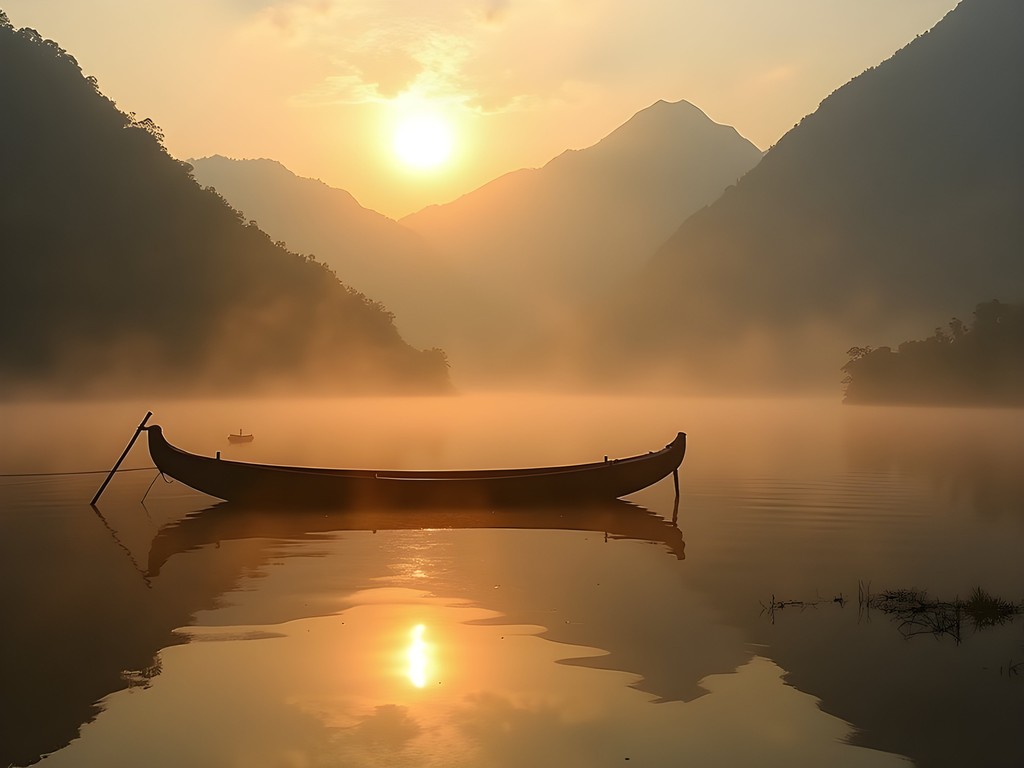
💡 Pro Tips
- Arrange transportation and guides through the Sierra Leone Guides Association in Bo
- Pack layers for significant temperature drops at night in the highlands
- Bring small gifts (tea, salt, school supplies) to present to village chiefs when visiting communities
Cultural Immersion: Traditional Craft Workshops in Bo's Surrounding Villages
Between wilderness adventures, Bo offers remarkable opportunities to engage with Sierra Leone's rich cultural heritage through traditional craft workshops in surrounding villages. These experiences connect visitors directly with knowledge holders who maintain ancestral skills despite modernization pressures.
In the small community of Baoma, about forty minutes from Bo's center, I spent a transformative day learning traditional textile techniques from master dyers who create intricate patterns using locally harvested indigo and kola nuts. The workshop takes place under the shade of a massive cotton tree that has witnessed generations of knowledge transmission.
"My grandmother taught me these patterns when I was just seven years old," shared Hawa, a master dyer in her sixties, as she demonstrated how to create resist patterns using raffia bindings. "Each design tells a story about our relationship with the land."
What struck me most was how these traditional practices embody sustainable principles that modern industries struggle to implement. The natural dyes are harvested seasonally to allow plant regeneration, while the entire process uses minimal water and zero synthetic chemicals.
For those interested in woodcarving traditions, the village of Gerihun offers workshops with artisans who create both ceremonial masks and utilitarian items. Master carver Ibrahim explained how different wood species are selected based on their spiritual properties and physical characteristics—knowledge that represents centuries of material science passed through oral tradition.
I documented these experiences extensively in my waterproof notebook, which withstood both the humidity and occasional downpours that characterize Sierra Leone's fall season. The techniques I learned—particularly the natural dyeing processes—have already influenced my own sustainability workshops back home.
Most craft workshops can be arranged through Bo's cultural center with 24-48 hours notice. While some basic materials are provided, bringing your own fabric or small woodblock if you wish to create something specific is recommended. These workshops not only provide meaningful cultural exchange but also directly support knowledge holders working to preserve traditional skills in a rapidly changing world.
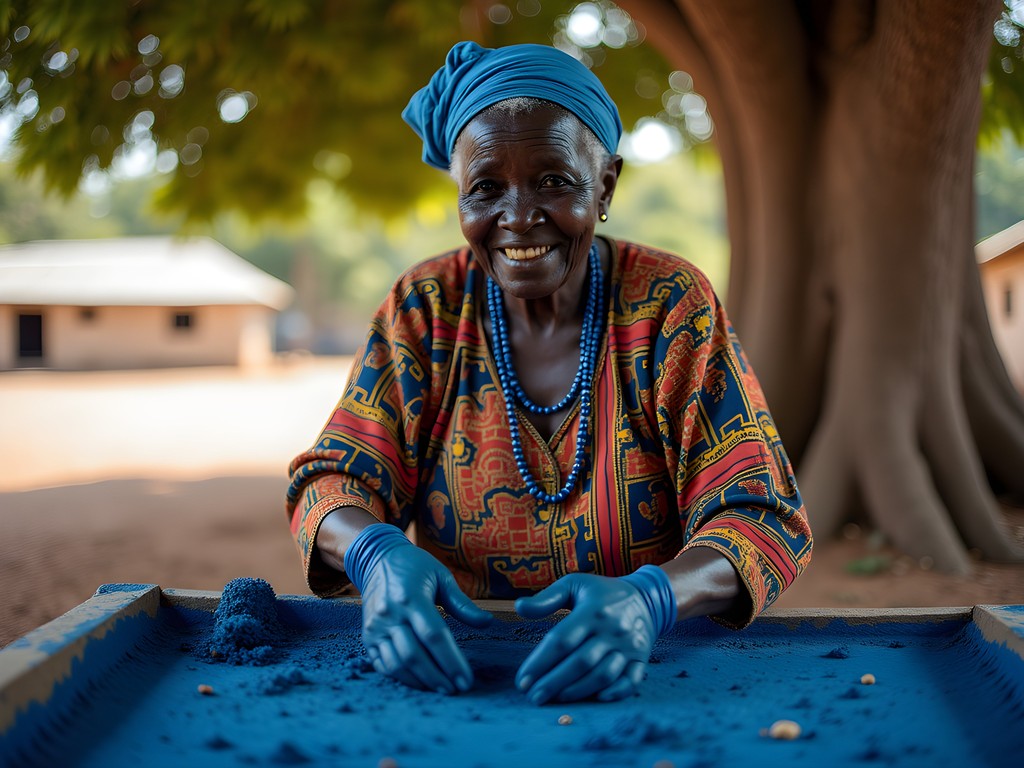
💡 Pro Tips
- Wear clothes you don't mind getting stained if participating in dyeing workshops
- Bring small denominations of Leones to purchase additional materials or finished crafts
- Learn a few basic greetings in Mende or Temne languages to show respect to workshop leaders
Final Thoughts
As my week in Bo drew to a close, I found myself sitting on the guesthouse veranda, sorting through the forest seeds the elder had given me on my first day—each one representing a different story, use, and relationship between people and land. Sierra Leone may not top typical adventure destination lists, but therein lies its profound gift. Here, in this recovering landscape where natural and cultural resilience intertwine, I discovered adventure in its purest form: meaningful connection with both wilderness and the communities who steward it. Whether you're tracking rare primates on Tiwai Island, learning ancient craft techniques in village workshops, or trekking the misty shores of Lake Sonfon, Bo offers experiences that transcend typical ecotourism. As you plan your own journey to this remarkable corner of West Africa, remember that the greatest adventures often lie in places where tourism infrastructure remains minimal but human stories and natural wonders run deep.
✨ Key Takeaways
- Bo provides access to some of West Africa's most biodiverse and least-visited ecosystems
- Community-based conservation initiatives offer meaningful ways to support environmental protection while experiencing unique wildlife
- Traditional ecological knowledge and craft practices demonstrate sustainable principles that have maintained these ecosystems for centuries
- Prepare for limited infrastructure but extraordinary cultural and wilderness experiences
📋 Practical Information
Best Time to Visit
October-December (early dry season)
Budget Estimate
$75-150 per day including guides, transportation and accommodations
Recommended Duration
7-10 days
Difficulty Level
Moderate

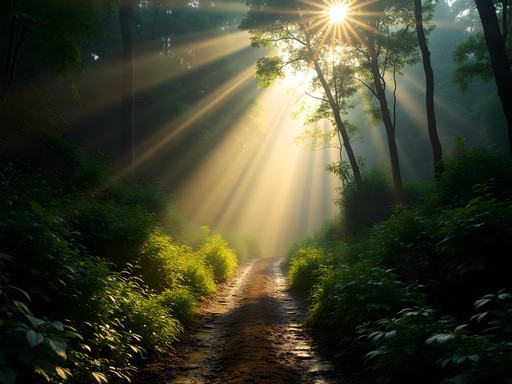
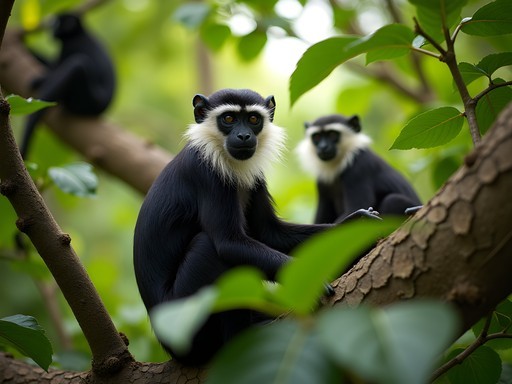

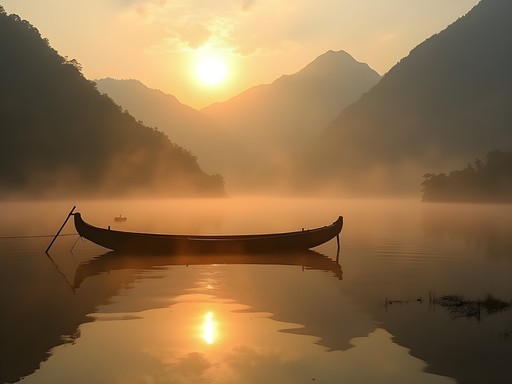
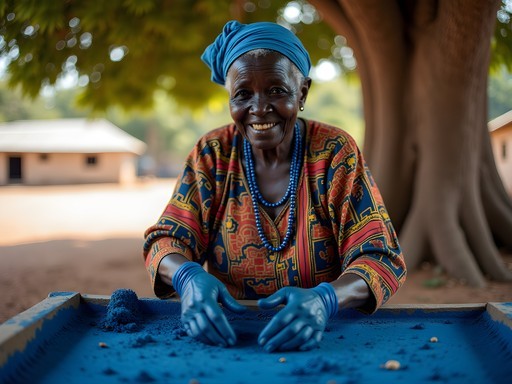


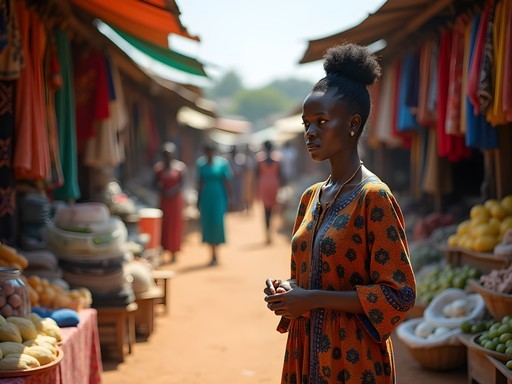





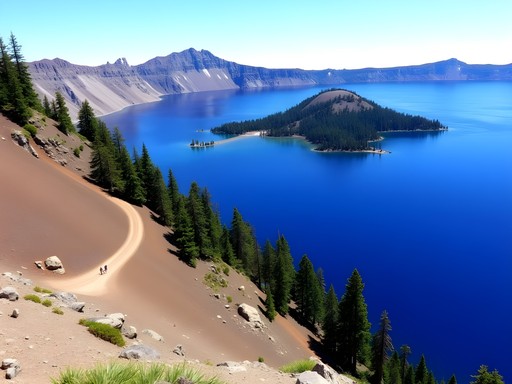

Comments
Gregory Boyd
Excellent write-up on Bo, Leila! I visited Sierra Leone last year but regrettably missed this region. The Tacugama Outreach Center sounds like a fantastic initiative - their main sanctuary near Freetown was one of the highlights of my trip. For anyone planning to visit, I'd recommend allocating at least 3 days for Tiwai Island if wildlife photography is your goal. The humidity is intense though - my moisture-wicking shirts were absolute lifesavers. Did you have any issues with the boat transfers to the island? I've heard they can be unpredictable depending on the season.
Leila Brooks
Thanks Gregory! The boat transfers were actually quite smooth for me, but I went during dry season (January). I've heard the rainy season (May-October) can make logistics much more challenging. And yes, the humidity is no joke - I was drenched within minutes of any hike!
cityking
When's the best time to go? Planning a trip soon
Gregory Boyd
@cityking November to April is ideal. December-January gives you clear skies for wildlife spotting but it's also the hottest period. Just avoid the rainy season unless you enjoy muddy adventures!
cityking
Those pics from Lake Sonfon are incredible! Didn't even know Sierra Leone had highlands like that!
cityclimber
Wow Leila! Your post brought back amazing memories of my trip to Bo last year! Tiwai Island was absolutely magical - we spotted 6 different primate species in just one day! Did you have any luck seeing the pygmy hippos? They were so elusive during our visit. The local guides were incredibly knowledgeable though. And that red earth you mentioned - my hiking boots are STILL stained from those trails!
Leila Brooks
Thanks @cityclimber! No pygmy hippo sightings for me either, just tracks near the river. They're so elusive! Which primates did you spot? The Diana monkeys were my favorite.
cityclimber
The Diana monkeys were incredible! We also saw red colobus, sooty mangabeys, chimps (from a distance), and those tiny Campbell's monkeys. Our guide was absolutely determined to find everything for us!
mountainblogger
Those forest seeds the elder gave you - did you plant them?
Leila Brooks
I did! Two have sprouted in my garden. The elder said they were from a tree that flowers only once every decade. Fingers crossed they survive the climate difference!
mountainblogger
That's so cool! Living souvenirs are the best.
vacationqueen
OMG! Lake Sonfon looks INCREDIBLE!! Those misty morning photos are giving me life right now! 😍 I've never considered Sierra Leone before but you've totally changed my mind. Adding this to my vision board immediately!
dreammate
What was the food like in Bo? Any local specialties worth trying?
Leila Brooks
The food was fantastic! Don't miss cassava leaf stew with rice - it's rich and flavorful. Also try groundnut (peanut) soup and jollof rice. The fresh tropical fruits straight from the forest edge were incredible too!
triphero
Just wanted to add - if anyone's planning to visit Tiwai Island, book WELL in advance. We almost missed out because they limit daily visitors for conservation reasons. Also bring more cash than you think you'll need - no ATMs once you leave Bo town!
springbuddy
How difficult was it to get around? Is English widely spoken or should I learn some phrases?
triphero
Not the author but I was in Bo last summer! Transportation is bumpy but doable - we hired a driver through our guesthouse. Most guides speak English but learning basic Krio greetings goes a LONG way with locals. "Kushɛ" (hello) and "Tɛnki" (thank you) were my most used words!
Brandon Tucker
Excellent reporting on Bo's natural offerings, Leila. I visited Sierra Leone last year on a tight budget and found Bo to be surprisingly accessible for cost-conscious travelers. The local guesthouses near the market district run about $15-20/night with basic but clean accommodations. For those planning to visit Tiwai Island, I'd recommend bringing a good water filter as facilities are limited. The $45 conservation fee for the island includes boat transport and guide services, making it quite reasonable. Public transportation from Freetown to Bo costs under $10 by shared taxi, though it's not for the faint-hearted. The ecological diversity you've documented here is precisely why these lesser-known destinations deserve more attention from responsible travelers.
Leila Brooks
Great budget tips, Brandon! You're right about the shared taxis - quite an experience. I stayed at the Bo Eco Lodge which was mid-range ($40/night) but included meals with local ingredients. The community-run guesthouses are definitely the way to go for budget travelers.
Casey Andersson
This is such a refreshing read compared to the usual travel hotspots! I visited Bo last year but approached it from the luxury angle (yes, it exists there, though very boutique). The Tacugama Outreach Center was the highlight for me too - their chimpanzee rehabilitation program is doing incredible work. If anyone's planning to visit, I highly recommend spending at least 3 days at Lake Sonfon. The highlands have this mystical morning mist that transforms the landscape completely. Leila, did you try any of the local palm wine with the elders? That was quite the experience for me!
Venture X
Premium card with 2X miles, $300 travel credit, Priority Pass